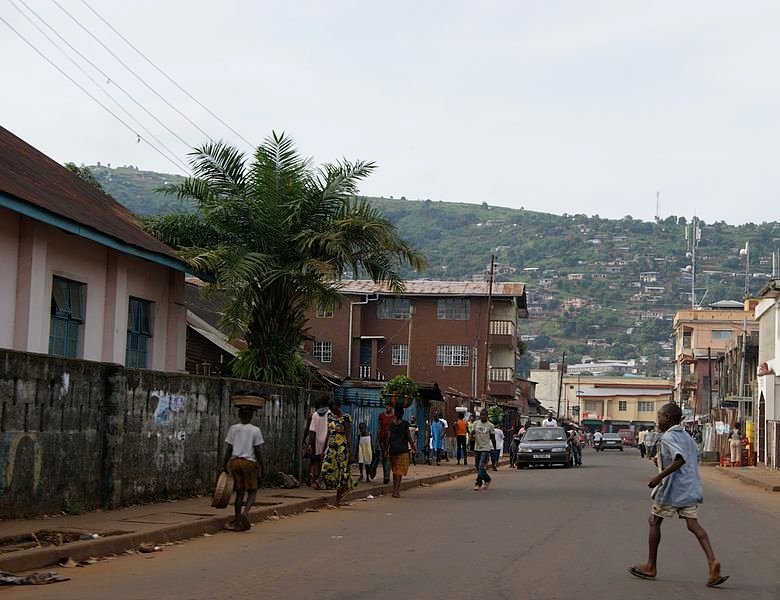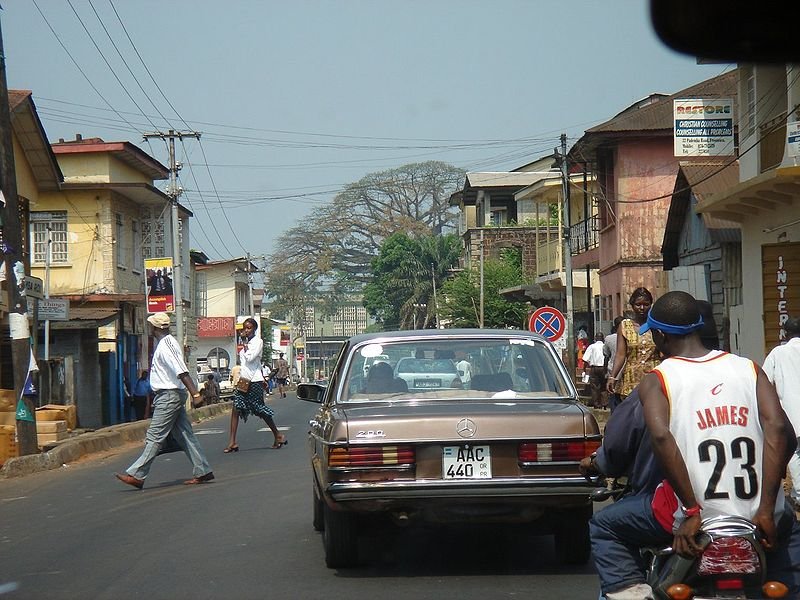Freetown is the capital and largest city in Sierra Leone. It is also the main port for the country. Located on the coast, on the western part of Sierra Leone, Freetown covers 357 sq km (138 sq mi) and has a population of 800,000 people (2012 estimate).
The history of Freetown goes back to 1787, when a batch of 400 freed slaves were sent from London, under the auspices of the Committee for the Relief of the Black Poor. To house the slaves, the organisation bought land from the local subchief. There is a dispute over the agreement, as the Europeans expected the land was purchased "for ever", whereas the tribal leaders understood the agreement differently.
After the freed slaves were settled, the dispute broke out, causing the local ruler, successor to the one who inked the agreement, to burn down the settlement. The settlers were then collected and relocated to another site, called Granville Town, near Fourah Bay. That settlement, established in 1791, grew into present-day Freetown.
The recent history of Freetown is one of political turbulence. In the late 1990s, the city saw fierce fighting between various political factions.
 Street in Freetown, Sierra Leone
Street in Freetown, Sierra LeoneSource: https://commons.wikimedia.org/wiki/File:Flickr_-_stringer_bel_-_Freetown,_Sierra_Leone_(11).jpg
Author: Annabel Symington

Visiting Freetown
The Freetown-Lungi International Airport is the main airport for Sierra Leone. It is located across the Sierra Leone River from Freetown. The airport gets flights from Accra, Bamako, Banjul, Brussels, Casablanca, Conakry, Dakar, London, Monrovia, Nairobi and Paris. View of a street in Freetown
View of a street in FreetownSource: https://commons.wikimedia.org/wiki/File:Freetownstreet.jpg
Author: Aranae

Places of Interest in Freetown
- Bunce Island
- Cape Sierra Leone Lighthouse
- Charlotte Falls
- Goderich Beach
- Hamilton Beach
- Lumley Beach
- National Rail Museum
- Sierra Leone Museum
- Sussex Beach
- Tacugama Chimpanzee Sanctuary
- Tokeh Beach
- York Beach
 Latest updates on Penang Travel Tips
Latest updates on Penang Travel Tips

Copyright © 2003-2025 Timothy Tye. All Rights Reserved.

 Go Back
Go Back